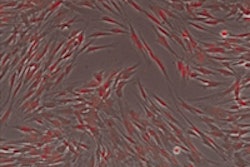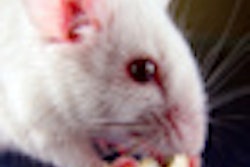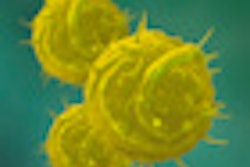A new approach to reanchoring teeth in the mandible using stem cells has been developed and successfully tested in the laboratory for the first time by researchers at the University of Illinois at Chicago (UIC), the school announced.
Researchers in UIC's Brodie Laboratory for Craniofacial Genetics used stem cells obtained from the periodontal ligament of molars extracted from mice, expanded them in an incubator, and then seeded them on barren rat molars. The stem cell-treated molars were reinserted into the tooth sockets of rats.
After two and four months, the stem cells aligned and formed new fibrous attachments between the tooth and bone, firmly attaching the replanted tooth into the animal's mouth, said Smit Dangaria, a bioengineering doctoral candidate who conducted the research. Tissue sections showed that the replanted tooth was surrounded by newly formed, functional periodontal ligament fibers and new cementum, the essential ingredients of a healthy tooth attachment.
In contrast, tooth molars that were replanted without new stem/progenitor cells were either lost or loosely attached and were resorbed, Dangaria said.
The study, published online August 26, 2010, in the journal Tissue Engineering, was funded through a grant by the National Institutes of Health.
The natural surface of the tooth played an essential role in the study, according to Dangaria. "Our research uncovered the code required to reattach teeth -- a combination of natural tooth root surface structure together with periodontal progenitor cells," he said.
To verify that the ligament was formed by the transplanted stem cells and not by the animal's own cells, stem cells were labeled with green fluorescent protein prior to seeding them on the molars and reinserting the teeth into the animal's mouth, Dangaria said.
This is the first progenitor cell-based regeneration of a complete periodontal ligament in which a functional tooth was attached, according to Tom Diekwisch, D.M.D., Ph.D., director of the Brodie Laboratory and senior author on the study.
"Our strategy could be used for replanting teeth that were lost due to trauma or as a novel approach for tooth replacement using tooth-shaped replicas," he said.
Copyright © 2010 DrBicuspid.com



















